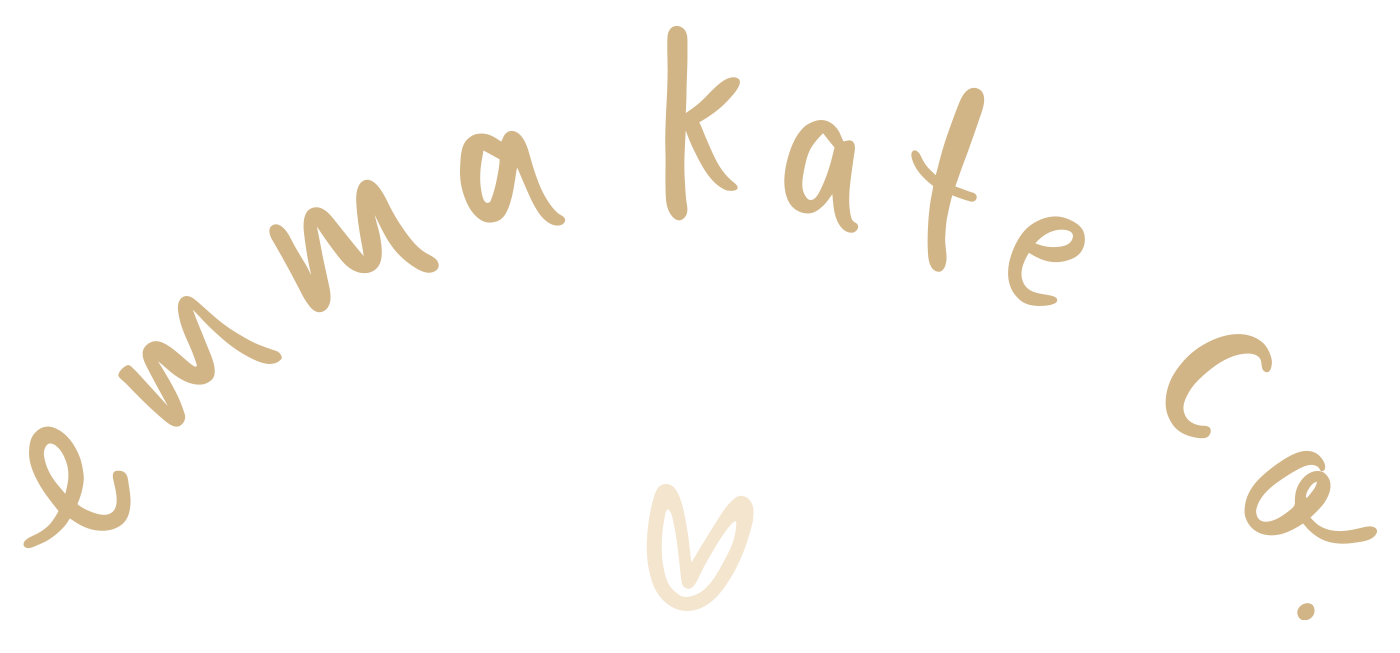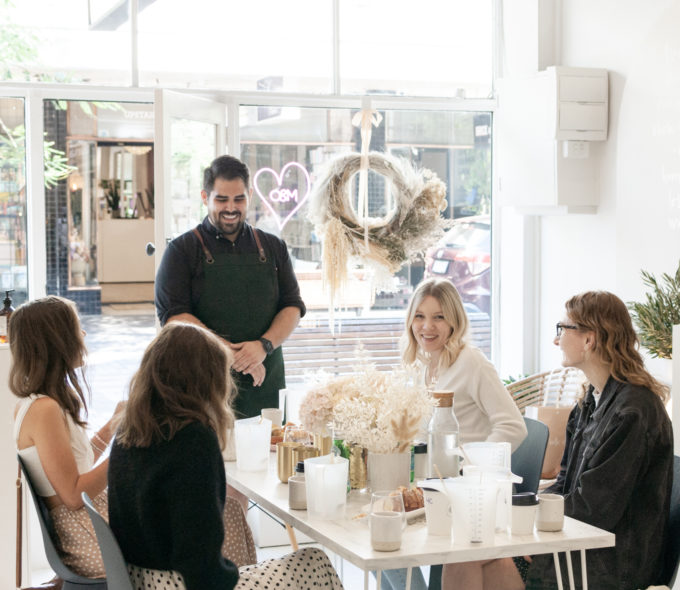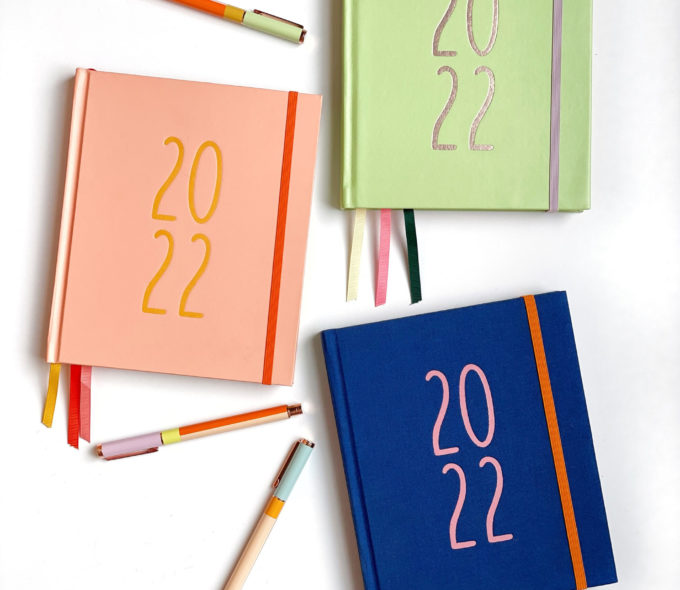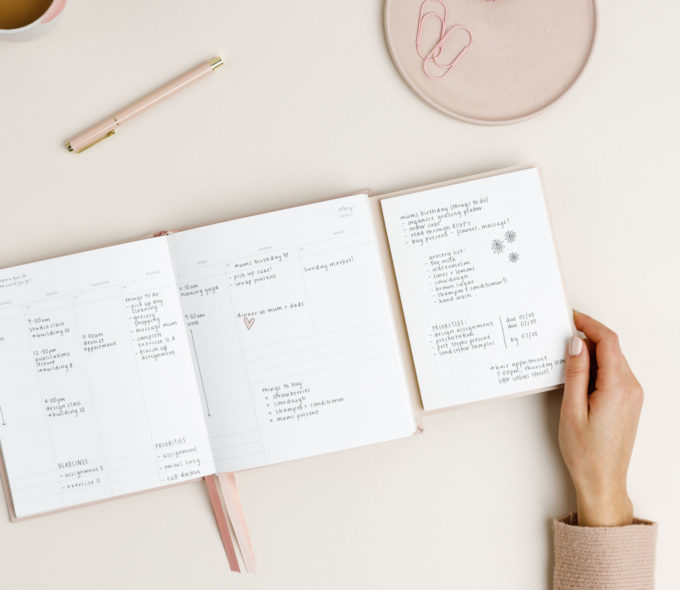Well, hasn’t January just flown by…
We’re already almost one month into the year, and it is usually around this time that a lot of us find that your new-year-new-me-fueled motivations are starting to wane. With that in mind, we wanted to provide some guidance on ways you can keep the good habit of using your planner going – and put those beautiful blank pages to work over the coming year.
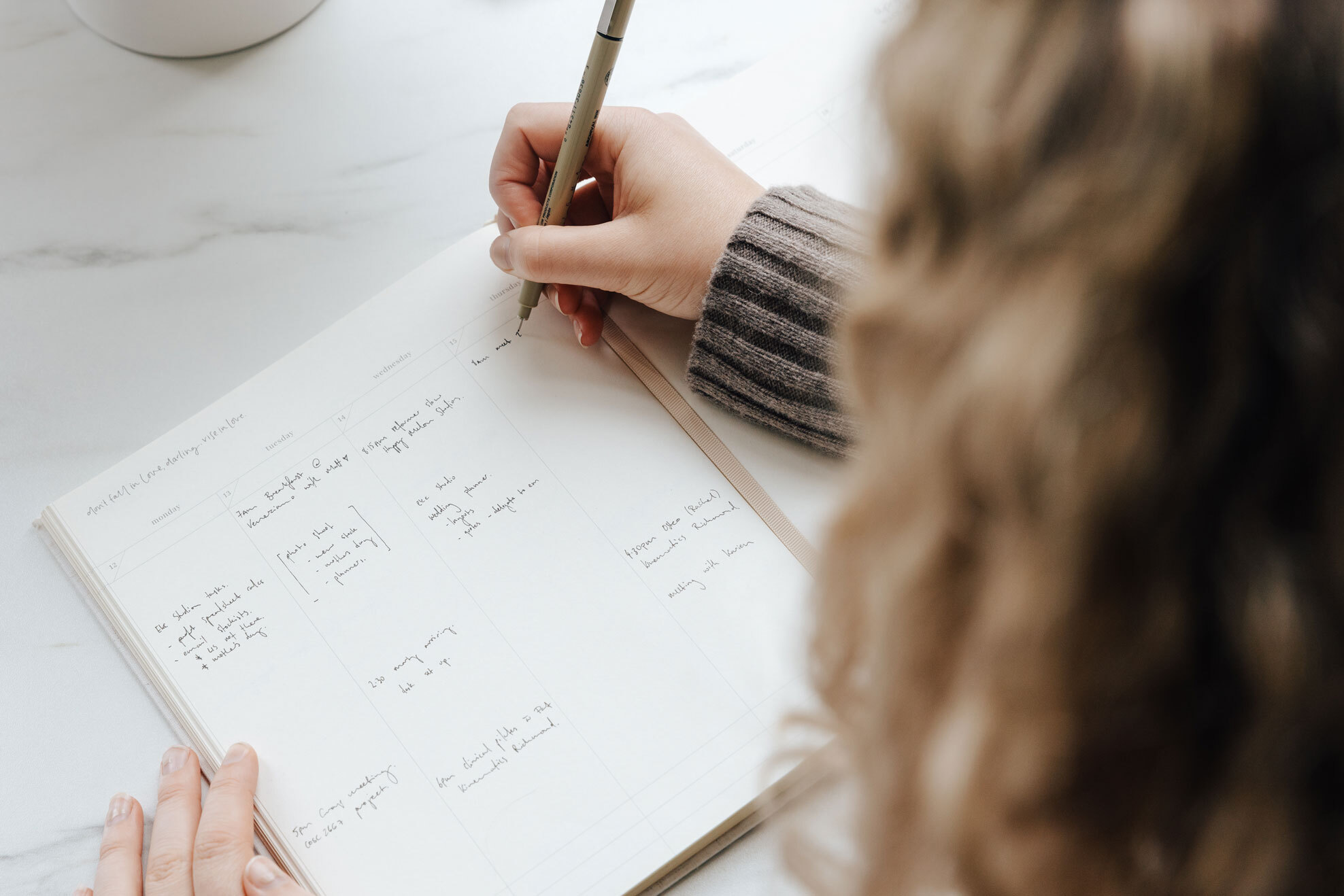
-
1. Keep It Simple [or at least start simple]
At the start of a new year, fuelled with optimism, it is relatively easy to fill in every blank space in your brand new planner. And, while there is definitely a time and place for those intensely detailed and aesthetically-complex templates from Pinterest, these usually take a lot of time and effort to lay out, and often add on unnecessary mental load when it comes to using your planner.
Our advice? Start small, and keep it consistent. Building good habits is all about consistent incremental change… So start by simply setting aside 15 minutes on your weekend to add in your appointments for the next week. Then, once this feels part of your routine, spend 10 minutes each morning setting up your to-do for the day, or in the evening reflecting and/or setting yourself up for tomorrow. You’ll be surprised how quickly sitting down with your planner becomes a habit, and how ‘off’ your week will feel without it.
Still struggling? It might be helpful to instead sit down and list out why you want to form this habit – and how it will add value to your life. This can help motivate you to carve out that time each week/day. And, iIn light of these reasons, you can then more strategically map out how your planner layout and usage will help you work towards the bigger picture.
It is also worth keeping in mind that fancier or more complex layouts do not equal more productivity or organisation. It will be to your advantage to start with one or two simple and highly accessible elements in your planner layout, and as you establish the habit of using your planner, you can always add and modify elements as you need.
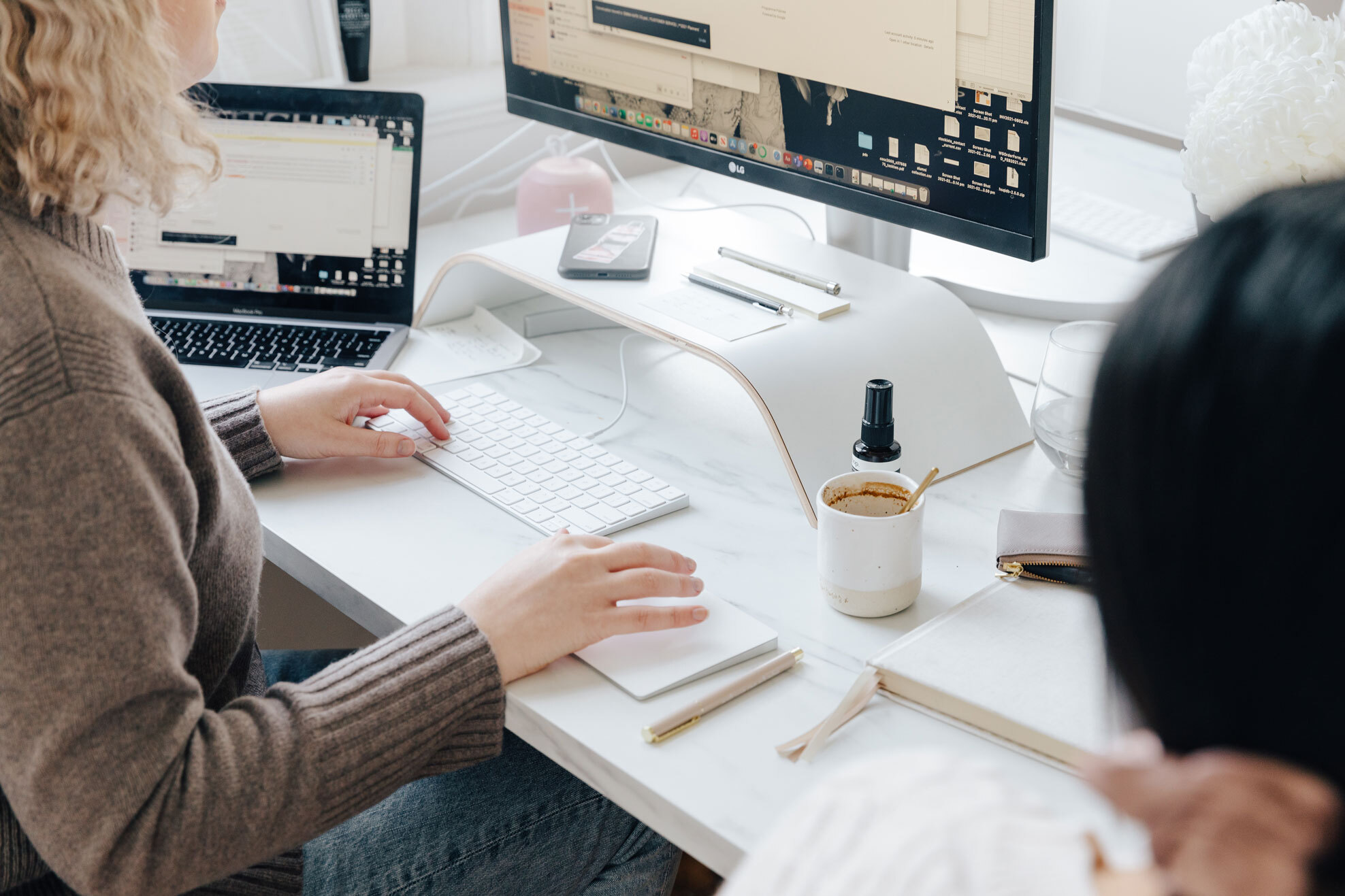
2. Ensure It is Visible
As the saying goes.. Out of sight, out of mind.
This principle very much applies to developing the habit of using your planner. Having your planner in a highly visible place, such as your kitchen table or office desk, helps you to associate specific environmental cues with using your planner, which is an advantage to help the habit stick. As basic as it sounds, having your planner in sight also ensures that you don’t simply forget to use it. In the same vein, try to have all the essential planning accessories you need (eg. pens, highlighters, sticky notes, etc) in the same area, so that when it comes time for you to begin planning you’re not wasting time searching for these things.
Does filling your planner at the start of each day set you up for success? Put your planner next to your coffee machine each night, so it easily becomes part of your morning ritual.
Like reflecting on your day each evening? Keep it on your bedside.
Or, if you’re the forgetful type, let it live in your handbag!

3. Something is Better Than Nothing
As touched on earlier, it is important to not let some elusive idea of ‘perfect’ stifle good progress. Expecting yourself to be perfectly productive every second of every day is unrealistic and will only set you up for discouragement. Consistency is key. And, if you miss a week, it’s okay to leave it blank and pick back up again the next.
If productivity is the end goal for you, try breaking down your larger goals into smaller, more achievable (and less intimidating) steps that you can implement into your routine. And, always give yourself margin for days when you know you just won’t have time to sit down with your planner, or when plans get disrupted. Battle the urge to throw everything out the window the second something doesn’t go to plan, and show up for yourself with consistency and grace.
And, don’t feel married to how you started! It’s okay to acknowledge that a certain approach or style isn’t working for you… And we know all you perfectionists are shuddering at the thought, but a change in style, colour, approach – while not aesthetically consistent – DOES show evolution and growth. It’s better to make the change, than to scrap your planner entirely.
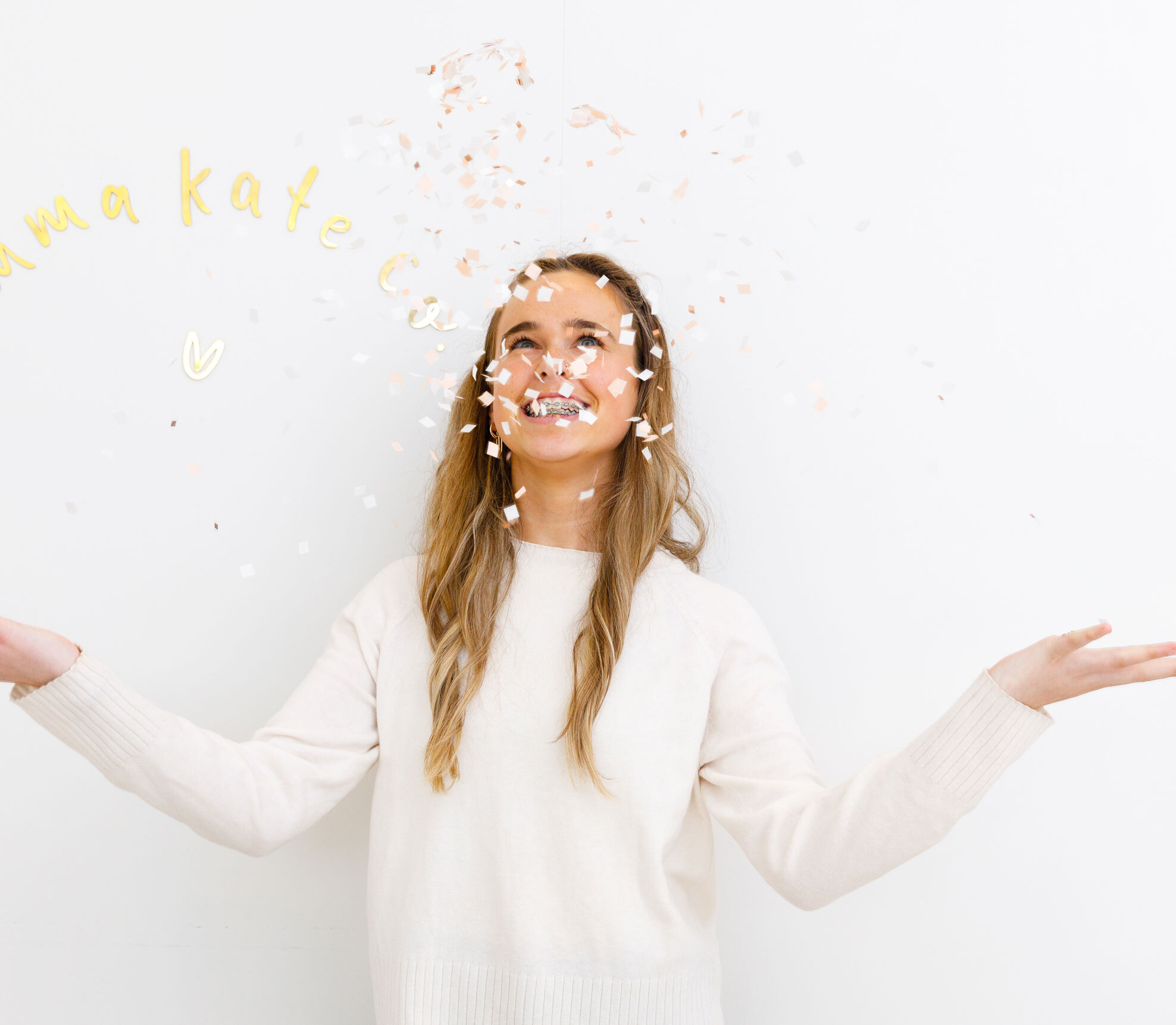
4. Make It Fun
Using your planner doesn’t have to just look like rigid lines with appointments, habits and tasks. Incorporate something that brings you joy into your planning routine. Whether that’s creating a self-care schedule for yourself, decorating your spreads with stickers, or writing in positive reminders – anything that will make you look forward to the process instead of dreading it as just another chore to tick off the list. Do what makes you feel good, not what you think it should look like.
Another creative and fun way to add some colour into your planner use, and to transform your planner into a keepsake of its own, is to set apart a section of your spread as a journal or mindfulness space. This can be as simple as documenting what you got up to in a day or week, or you can turn it into something with more elaborate reflections and musings.
Often, reflections and journaling can be more intimidating than simply listing tasks, to help form the habit try ‘stacking’ it (or associating it) with something you already enjoy and naturally look forward to – for example, after a yoga class – or by creating a new ritual, such as filling out your planner on a Sunday evening with a special dessert or glass of wine, especially reserved for Sundays.

